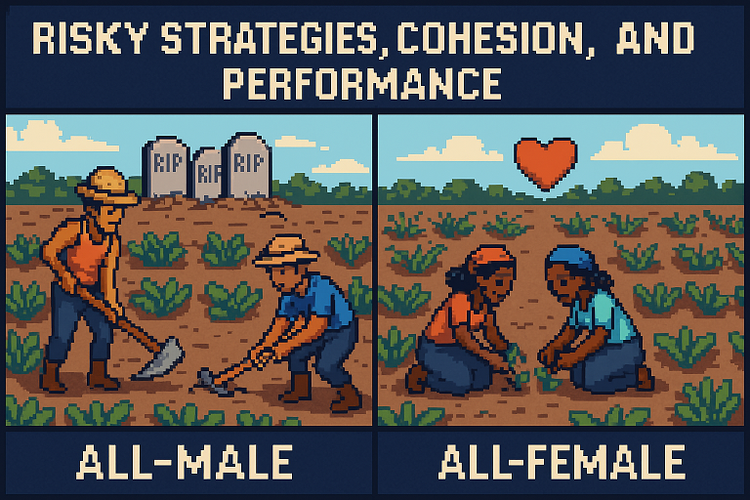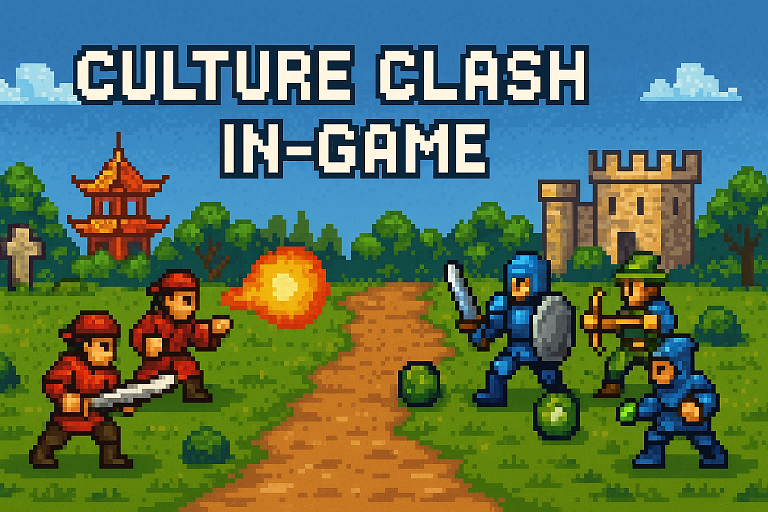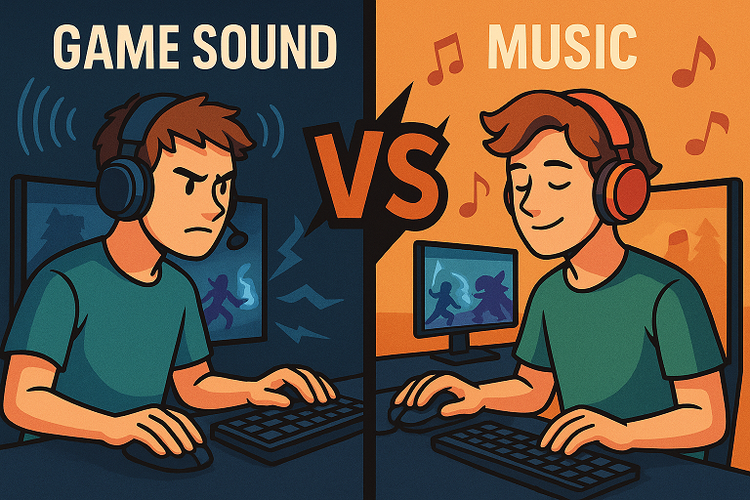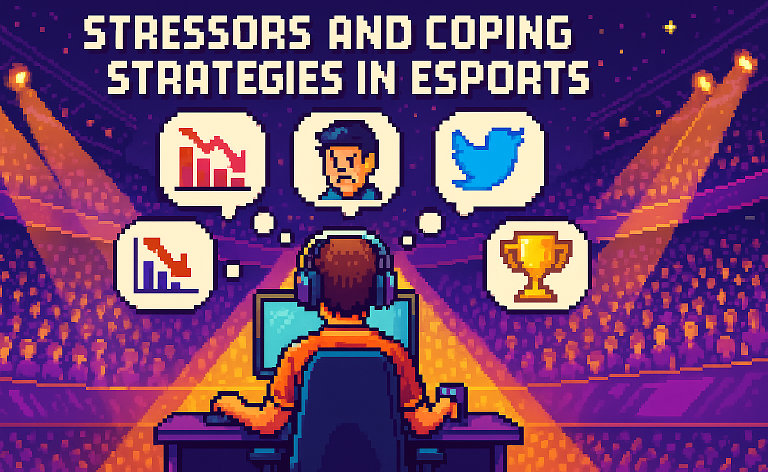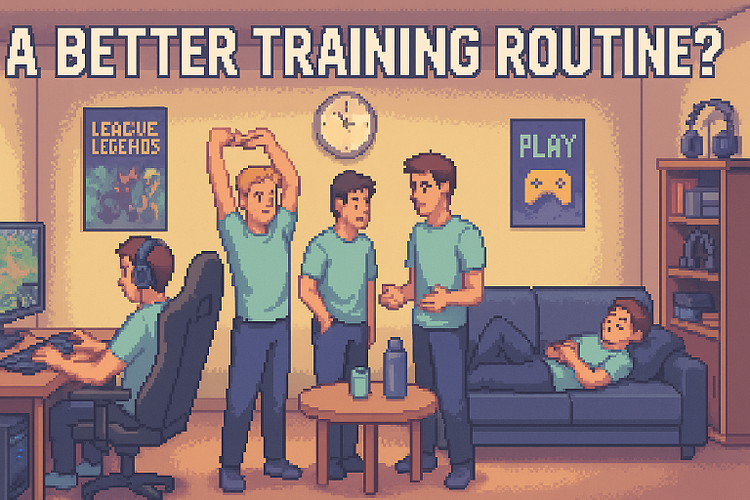Performance in Gaming & Esports - a Framework
How can factors (e.g., health, skill, communication, and technology) relevant to gaming and esports performance be put together?
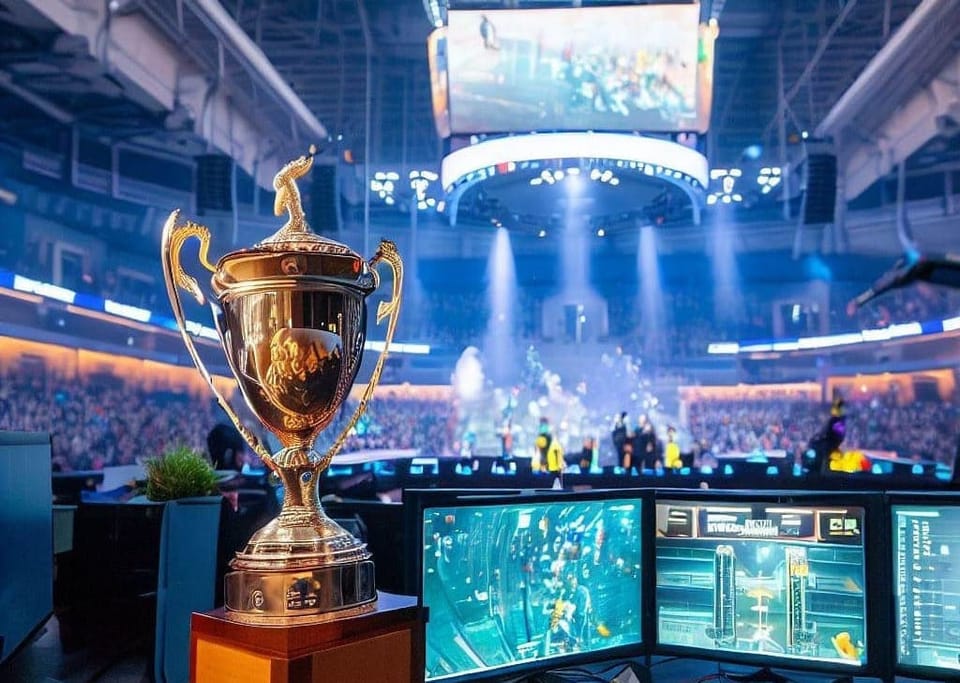
Hello everyone,
last weekend I was working my 16th(!) HomeStory Cup - a StarCraft II tournament that has been around for almost 13 years. It is most famous for its relaxing and community-bonding atmosphere, while still being a highly competitive Esports tournament. On Sunday I had the opportunity to go on the broadcast and discuss gaming and Esports science, as well as this newsletter (a friendly “Hello :-)” to all the new readers). I was blown away by the positive feedback I got during and after my appearance on stream, as well as the interest people showed in the topic.
last weekend I was working my 16th(!) HomeStory Cup - a StarCraft II tournament that has been around for almost 13 years. It is most famous for its relaxing and community-bonding atmosphere, while still being a highly competitive Esports tournament. On Sunday I had the opportunity to go on the broadcast and discuss gaming and Esports science, as well as this newsletter (a friendly “Hello :-)” to all the new readers). I was blown away by the positive feedback I got during and after my appearance on stream, as well as the interest people showed in the topic.
❓ The Guiding Questions
Why are the progamer we watch competing at the highest level so good at their game, and why are we (the casual gamer) barely capable of reaching Gold, Plat, or Diamond rank in any game? The answer is not straight forward. It is not (just) the amount of time they play; there is much much more to it...
💡 When we talk about performance in gaming and Esports, we are exploring the question of which factors influence individual and team performance in gaming and Esports? Which factors promote or increase performance, and which factors hinder or decrease it? Aligned with those questions is the search for differences between players and teams. How does players from different competitive levels (from casual to progamer) differ? What are the distinguishing features of teams that make them successful?
The best way to tackle these questions is to start with an overview – a framework – of all the factors that play a role in gaming and Esports performance. Hence, that’s what we’re going to do in this episode. So, let’s jump in… and explore together.
♾️ The Endlessness of Information
What does a player's score on a personality traits test, mouse weight, a modded Counter-Strike version, and brain stimulation have in common? You probably guessed it: they were all shown to influence a player’s or team’s gaming performance. Those are just a few out of a million factors, and you could spend multiple lifetimes studying them. Fortunately, researchers work as a team to bring science forward. One team looks at one factor, another team at a second one, one researcher at a third, and so on. This way, by leveraging teamwork and existing findings from other researchers and areas, it is possible to study a whole lot more of them.
At the same time, the increased number of research results leaves you with a huge and chaotic amount of knowledge. To cope with this problem, researchers gather study results and cluster them. One possible way of clustering information is to put them into a framework. Frameworks are awesome! They categorize, abstract, connect, and visualize information. Think of them as a friend explaining the most important parts of a video game you never played before to you.
So, instead of diving into the multitude of loose factors that drive casual players’ up to progamer’s performance, we will put them into a framework. Getting an overview of the different levels (clusters) and their connections first fosters a better understanding of gaming and Esports performance.
🖼️ The go-to Framework
The most widely used framework for team effectiveness is the Input-Mediators-Outcome (IMO) model, proposed by Mathieu and colleagues in 2008. To avoid confusion, in the scientific literature, effectiveness is more extensive and includes performance. When we think of performance in a gaming context, we mainly think about wins, losses, or some sort of ranking. However, effectiveness also includes other measurable aspects such as creativity and enjoyment for the audience. Since what we are mostly interested in are “hard” factors that increase or decrease players’ and teams’ performance (measurable outcomes such as win ratio, APM, KDA, and ranking), I will stick to the term performance.
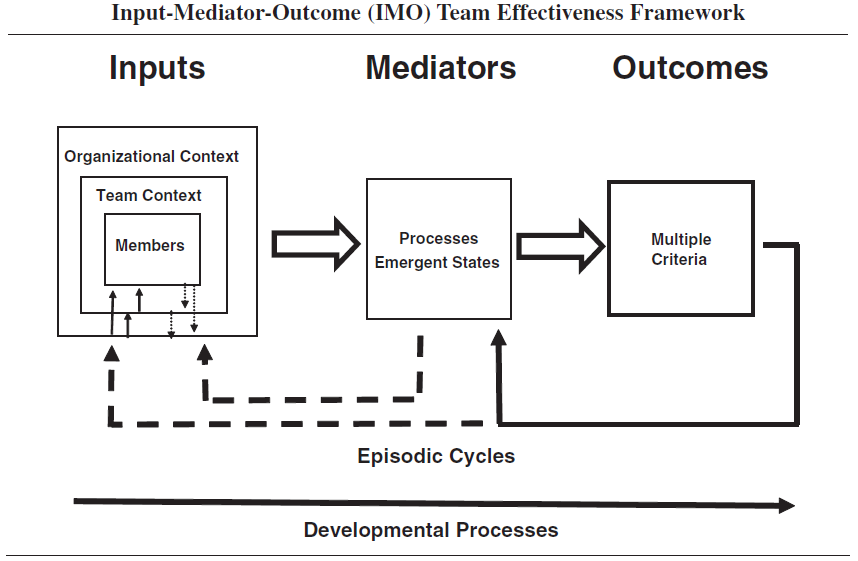
➡️ Inputs – Low to High Levels
In the framework, inputs have three levels. Players (members) are nested inside a team, nested inside an organization, nested inside an environment. It is worth noting that the lower (inner) levels influence the higher (outer) ones and vice versa. The influence of the higher-order levels (organizational context down to the members) works stronger (solid lines) than the other way around (dashed lines). This makes sense as a single player within a team may influence its teammates and organization, but it is more likely that the organization and team have a stronger impact on the individual.
Think about a player in a Counter-Strike team; he can usually only impact his teammates, but the further up in the organization you go, the less likely and a strong the impact becomes. On the other hand, the decisions of the CEO or coach, the organization's structure and culture, act as a strong force on the player.
The first level is the members or the individual itself. It is easy to come up with things that increase or decrease your own performance. The amount or quality of sleep you had last night, your personality traits, your health and well-being just to name a few.
💡 Casuals and progamer alike are at the mercy of their physical and mental state, as well as technology when they want to perform at high levels.
Team context (second level) represents team-level factors such as training, leadership, technology, and structure. It’s not hard to imagine that the amount of training a Counter-Strike team had together influences the team’s performance. The same goes for the Coach and shot-caller or the team's structure (which players are on the roster or what roles do they play).
The third level, the organizational context, combines factors such as the structure of the organization, its climate, or how much they support their employees, with the environmental context, e.g., cultural influence or member replacements.
Consider teams like NaVi, Astralis, and Liquid. All teams are very different organizations and (until a while ago) had very different strategies to be successful in Counter-Strike. NaVi and Astralis had players from their respective countries only on their roster and very rarely replaced players. In contrast, Liquid constantly made roster changes. In the case of NaVi and Astralis, their cultural influence and low member replacement rate most likely added to their success. Liquid found similar success by bringing in exceptional talents when needed. The climate in such fundamentally different teams likely contributes to the performance of the players and team.
When it comes to single-player games such as StarCraft II, Liquid takes a different approach. By keeping players on your team, providing them a stable environment, safety, and climate to grow in, it very likely impacts a player’s performance.
In gaming and Esports, technology is an important factor too. Equipment, e.g., mouse, keyboard, PC, and monitors, as well stable servers, ping, etc. have an impact on the outcome of games. We find technological factors on all three levels.
🚧 Mediators – The Processes that Evolve & Build Teams
To transform inputs into outcomes, teams use a variety of processes. On the one hand, players use the resources of the organization to perform at their highest level (processes). On the other hand, things such as motivation, emotions, team climate, or trust evolve over time and continuously change (emergent states). If you are not motivated, the team climate is bad after a loss causing negative emotions, or not trusting your teammates during critical moments may very well decrease your performance in-game. Another important aspect that falls under mediators is your experience.
💡 Beyond the player itself, the team (members and staff) as well as the organization have to form a symbiosis over time. Only then, players and teams have a chance of reaching their highest performance level.
When talking about technology and strategies, a player’s or team’s strategy is largely driven by the information at hand. Additional tools to analyze the opponent’s or one's own strategies and mistakes can make a big difference. Studies analyzing drivers for success (e.g., which objectives are the most valuable, or the best combination of classes) may be part of the strategy-building process too.
🏆 Outcomes – Quality & Quantity of Performance
Outcomes are the results of the activities or performance behavior of at least one organization's member. Performance indicators, when looking at individual and team performance in gaming and Esports, are usually either qualitative (your KDA, ladder ranking, or win percentage against all the StarCraft II races) or quantitative (your APM, the amount of tournament wins, the number of workers killed in a game of StarCraft II, or the amount of prize money won by an organization).
As far as we are concerned when studying performance, qualitative and quantitative factors are important. The reason is that they can flow back into earlier stages causing feedback loops and improvements or setbacks.
🔄 Feedback Loops
Last but not least, it is important to point out that throughout the entire process of turning inputs into outcomes, episodic cycles may emerge. Things such as trust or the team climate can impact the players, the team, or the organization, causing a feedback loop back to the inputs.
At the same time, outcomes like tournament wins or prize money won may impact previous stages and their factors. A tournament win could lift the mood of the members of the entire organization, increasing their motivation. The prize money won from the tournament may very well be spent on better training tools or hiring a physician to boost players' performance.
💡 After laying the fundamentals with this framework, it is now easier to dive deep into smaller clusters. Those clusters concern the impact of sleep, emotions, experience, technology use, training, coaches, workouts, well-being, and many more on in-game performance. Hence, in the following newsletters to come, we will further explore the questions of which factors influence individual and team performance in gaming and Esports, how casual and professional players differ, and what makes teams and organizations successful?
Have a great week. Until next Sunday,
Christian 🙂
Join over 250+ (🤯) Gaming Science subscribers and become smarter every week.
"I love this type of content, thank you Chris."

